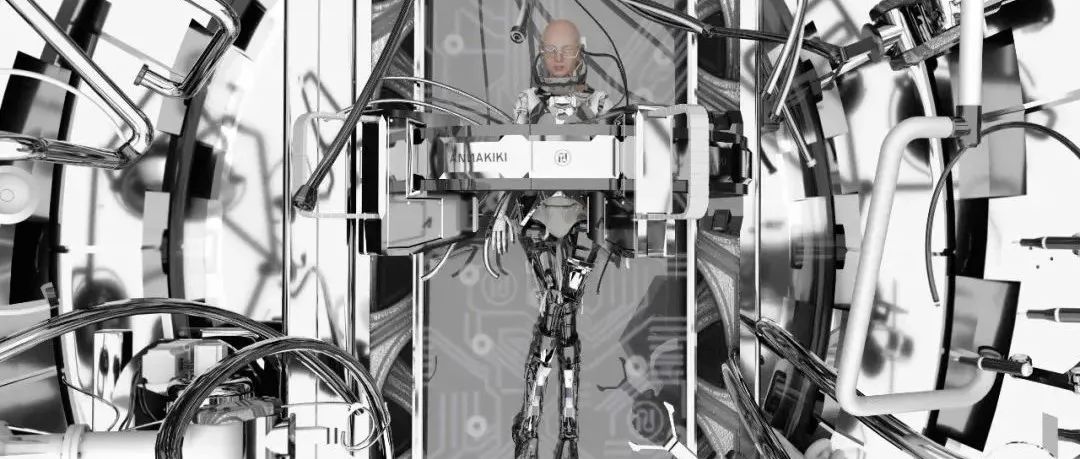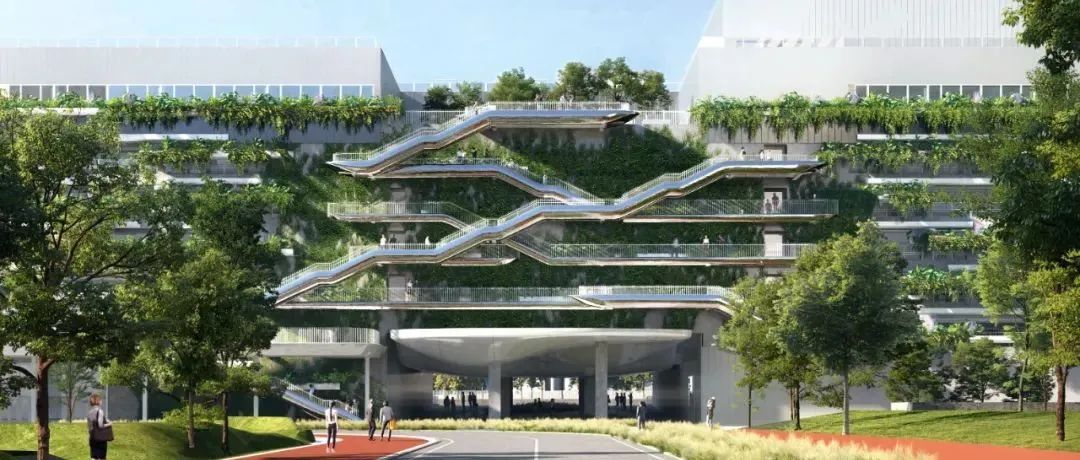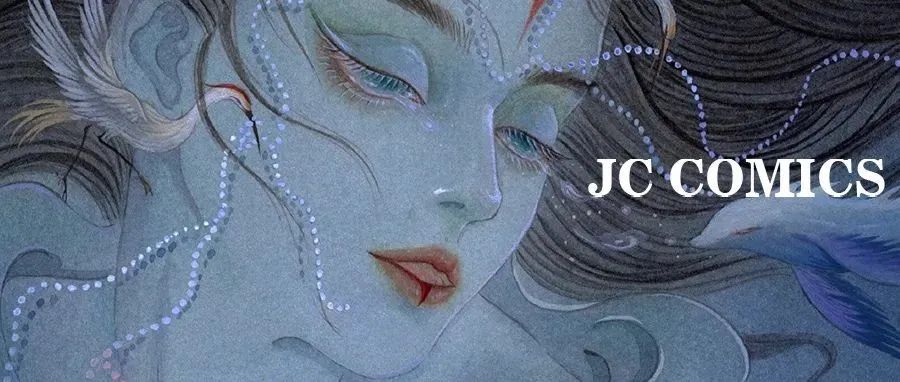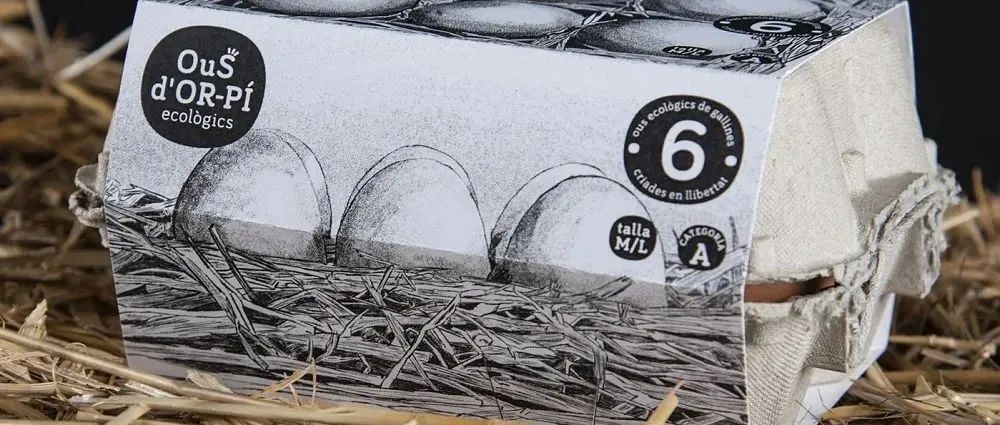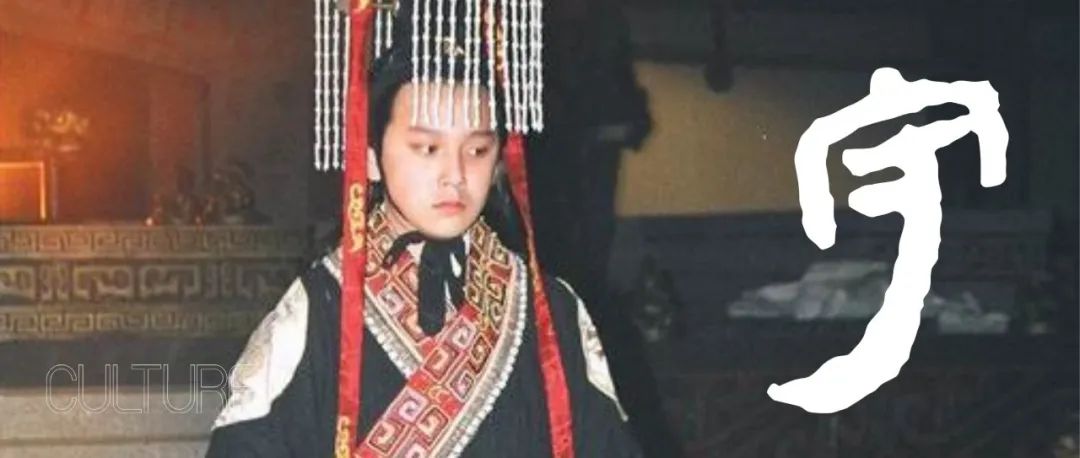Construction has started on the Lankuaikei Agriculture Development (LAD) Headquarters in Shanghai. The 11-storey terraced office building brings together both high- and low-tech sustainability strategies under a swooping technological roof to create a showcase for the company that researches and develops technologies to maximise the productivity and sustainability of Chinese agriculture. Located near the lake at the centre of Lingang New Town, a rapidly developing urban area in Shanghai, LAD HQ promises to become one of China’s greenest and smartest buildings.
The terraces that step down on the building’s north side are covered in crops and other plants connected to agriculture, and they include a publicly accessible route to the top of the building that provides spaces for LAD to showcase its work and research. A curving roof structure which follows the shape of the terraces covers the ensemble. On the north this structure is permeable, filtering sunlight but allowing rain to reach the terraces below. On the building’s southern edge, these walls also help protect the office workers from the noise of the main road outside.
The building is confronting a wide variety of sustainability challenges both indirectly and directly, with high-tech and low-tech solutions. Through material selection and life-cycle analysis, the embodied carbon of the design will be much lower than a typical comparable construction. The roof structure and terraces aid in efficient natural ventilation. This ventilation and the shading strategies reduce energy requirements. Thanks to the solar panels incorporated into the design, the building will therefore be almost energy-neutral in operation.
图片 Image: © MVRDV
露台收集的雨水将用于建筑内部的给排水系统,同时,雨水灌溉露台的绿植可帮助营造生物多样性和健康的工作环境。结合兰桂骐企业发展的使命与愿景的展示空间,MVRDV的设计方案也间接为农业生产和公共教育做出了贡献。其中的展示空间是由同济大学和荷兰代尔夫特理工大学的学生们共同设计的。
The terraces collect rainwater for use in functions such as toilets, as well as providing biodiversity and healthy working environments thanks to the greenery that extends all the way to the top floors. The design even indirectly contributes to public education and agricultural production, thanks to its role in facilitating the mission of LAD and the exhibition spaces that help manifest their vision. The design of these exhibition spaces is being developed in a collaboration between university students at Tongji University and Delft Technical University.
“It’s always exciting to see a building being realised, especially in cases like this. It’s an exciting building with special features that make it a showcase for how we can make more sustainable architecture”, says MVRDV founding partner Jacob van Rijs. “And it creates a double whammy of sustainability, offering a showcase for the sustainable work of others – in this case for a green tech company, helping them to visualise their mission of maximising sustainability and human health by knowledge development and technological innovation.”
"The curving roof structure used in the building incorporates sustainable development strategies of different technical difficulties, and also strikingly demonstrates the corporate culture and identity of LAD, expressing the close relationship between modern advanced technology and agricultural transformation and development. In the future, it will become a green and intelligent building in the true sense and an "agricultural oasis", added president of LAD Mr. Weihua Dong.
建筑的高层区域将用于兰桂骐总部办公,约有6,000平方米的办公空间,视野开阔,可以看到北面的滴水湖和南面的公园;建筑低层区域包括约9,000 平方米的科学家实验室和联合办公空间,一层至三层容纳了一座可灵活使用的公共礼堂和展厅,以及开放的商业配套,同时还设置了三个入口:向公众开放的庭院入口、分别通向实验室办公空间和兰桂骐总部的独立入口,三个入口由一条街道式的展廊链接。地下共有两层,设有食堂和停车场,通过专门设计的空隙,为地下空间带来了光线、绿植和新鲜空气,让“农业绿洲”的概念贯穿建筑的每一个角落。
Inside, the building contains the 6,000m2 offices of the LAD headquarters on its upper levels, where there are views to both the lake in the north and the park in the south, and 9,000m2 of labs and co-working offices below. On the first and second floor, the building incorporates an adjustable auditorium and exhibition space, while the ground floor has small retail outlets around its perimeter, and includes three entrances – a public entrance at the courtyard, and separate entrances for the rentable offices and LAD HQ – connected by an “exhibition street”. In its two basement levels, the building has a canteen and parking, but the “agricultural oasis” concept even extends below ground thanks to a number of voids which allow light, fresh air, and greenery to make their presence felt.
Early projects by the office, such as the headquarters for the Dutch Public Broadcaster VPRO and WoZoCo housing for the elderly in Amsterdam lead to international acclaim. 250 architects, designers and other staff develop projects in a multi-disciplinary, collaborative design process which involves rigorous technical and creative investigation. MVRDV works with BIM and has official in-house BREEAM and LEED assessors. Together with Delft University of Technology, MVRDV runs The Why Factory, an independent think tank and research institute providing an agenda for architecture and urbanism by envisioning the city of the future.
本文来自微信公众号“MVRDV”(ID:MVRDV_China)。大作社经授权转载,该文观点仅代表作者本人,大作社平台仅提供信息存储空间服务。




